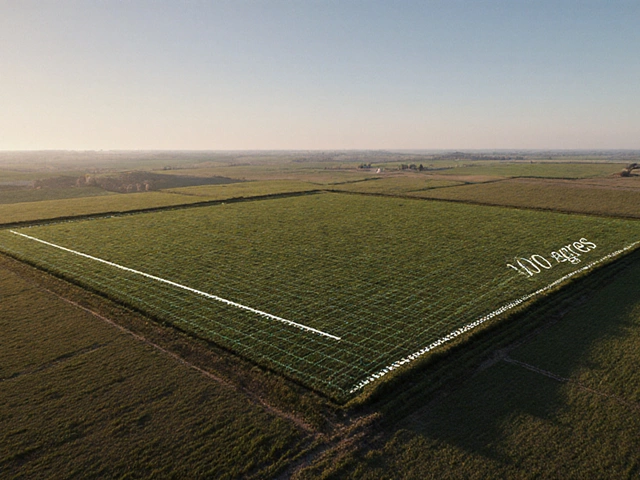DSCR Explained: What It Is and How It Shapes Commercial Real Estate Deals
When you're buying a commercial property, DSCR, the Debt Service Coverage Ratio, measures whether a property’s income can comfortably pay its loan payments. Also known as debt service coverage ratio, it’s not just a number—it’s the gatekeeper that decides if a bank will fund your deal. If the DSCR is below 1.0, the property doesn’t bring in enough to cover its debt. Lenders won’t touch it. If it’s 1.25 or higher, you’re in the sweet spot. Most banks in India, including those financing properties in Noida Extension, require at least 1.25 to approve a loan.
DSCR is tightly linked to cash flow, the actual money left over after operating expenses. A high DSCR means strong cash flow. A low one means you’re barely breaking even—or worse. It’s also connected to cap rate, the return you get based on the property’s net income and value. A property with a great cap rate might still fail the DSCR test if its expenses are too high or rents are unstable. That’s why investors don’t just look at one number—they check both. And if you’re thinking about buying a retail space, office building, or industrial unit in Noida Extension, DSCR is the first thing your lender will ask for.
It’s not just about banks. DSCR affects your own risk too. If you’re counting on rental income to pay your mortgage, a drop in occupancy or a rent reduction could crush your DSCR. That’s why smart buyers look at historical occupancy rates, tenant quality, and lease lengths before they sign. You don’t want to own a building that looks good on paper but can’t pay its bills when a tenant leaves.
The posts below cover exactly this—how DSCR works, how it ties into commercial property ROI, how to calculate it step by step, and what numbers you should aim for in 2025. You’ll also find real examples from similar markets, so you know what’s realistic for Noida Extension. Whether you’re a first-time investor or looking to expand your portfolio, understanding DSCR means you won’t get blindsided by hidden risks.





